Akey figure in the scientific revolution of the 17th century, Johannes Kepler was an astronomer, mathematician, astrologer and staunch Lutheran.
He was born on 27 December 1571 into a lower middle-class family in the town of Weil der Stadt (in today’s southern Germany).
In a pre-scientific, pre-Enlightenment era – driven by rival Protestant and Catholic Reformations – tensions, antagonisms, devil-fearing and witch-hunting were rife. Many people were persecuted for their beliefs.
- Read more history of astronomy
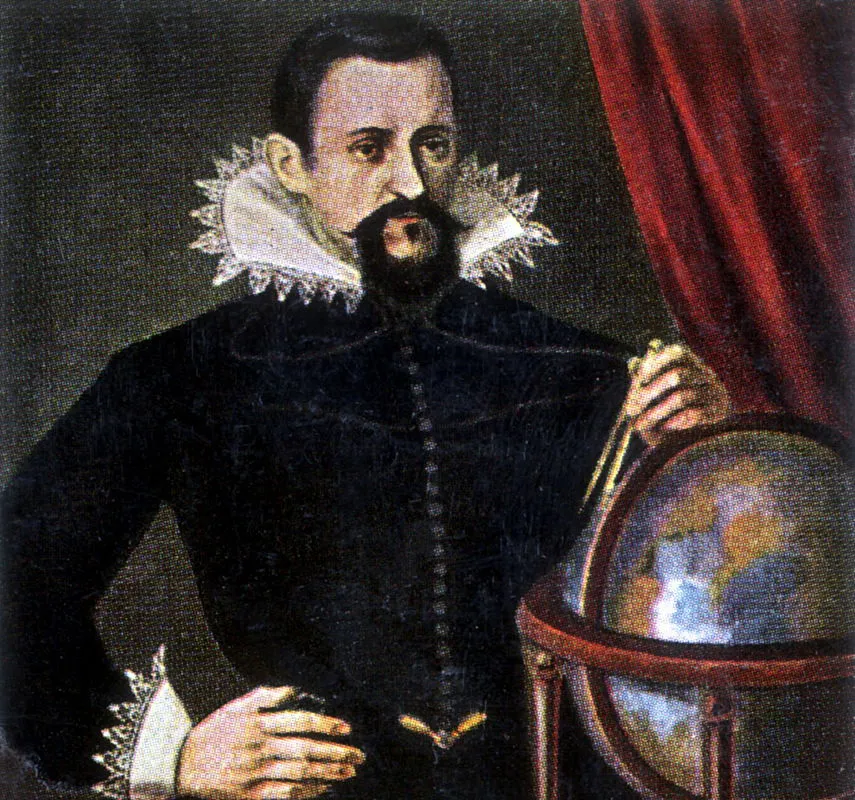
Abandoned by a feckless soldier-of-fortune father, Heinrich, and a ‘generally unpleasant’ mother, Katharina, Kepler was brought up by grandparents.
Small, sickly and sensitive, his hands and eyes disabled by smallpox, he took solace in God – the creator of all things – as he would throughout life.
Excelling in grammar, rhetoric, logic, arithmetic, geometry, music, astronomy, Greek and Hebrew in the Latin school system, a three-year theology scholarship at Tübingen University followed.
Here he practised astrology – the ‘foolish little daughter of the respectable, reasonable mother astronomy’ – casting horoscopes for fellow students. He even played King Herod’s wife in an outdoor theatre production.
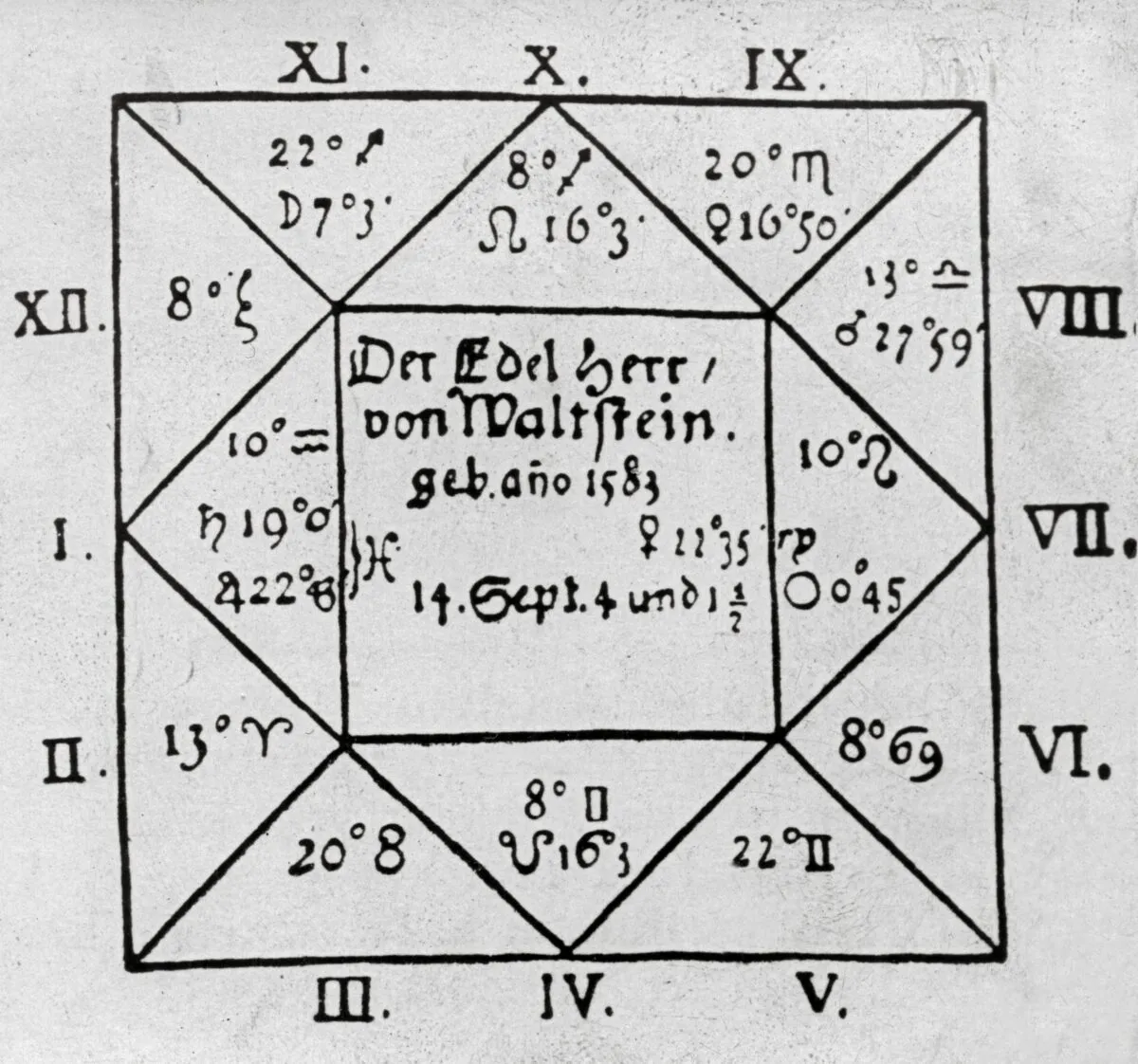
Aware of Ptolemy and Aristotle’s Earth-centred Universe, it was the teacher and astronomer Michael Maestlin who introduced Kepler to the Sun-centred theory of Copernicus.
Its unchanging, divinely-driven ‘mechanical’ movement sparked a lifelong obsession – a need to mathematically understand God’s divine architecture, the harmony of the heavens.
Epiphany came when he was teaching at a boys’ school in Graz, Austria.
While demonstrating the periodic conjunction of Jupiter and Saturn he beheld the geometrical scaffolding on which all known planetary spheres were placed. Overwhelmed, he wept.
After lengthy calculation (and some fudging) God’s geometrical plan, influenced by Copernicus and respecting the Bible, was revealed in his Mysterium Cosmographicum.
Despite being sent a copy, Galileo offered scant approval.
However, the great Danish observational astronomer Tycho Brahe was enthusiastic and they began a written correspondence, with Brahe hinting at possible future employment for Kepler.
What were Johannes Kepler's accomplishments?
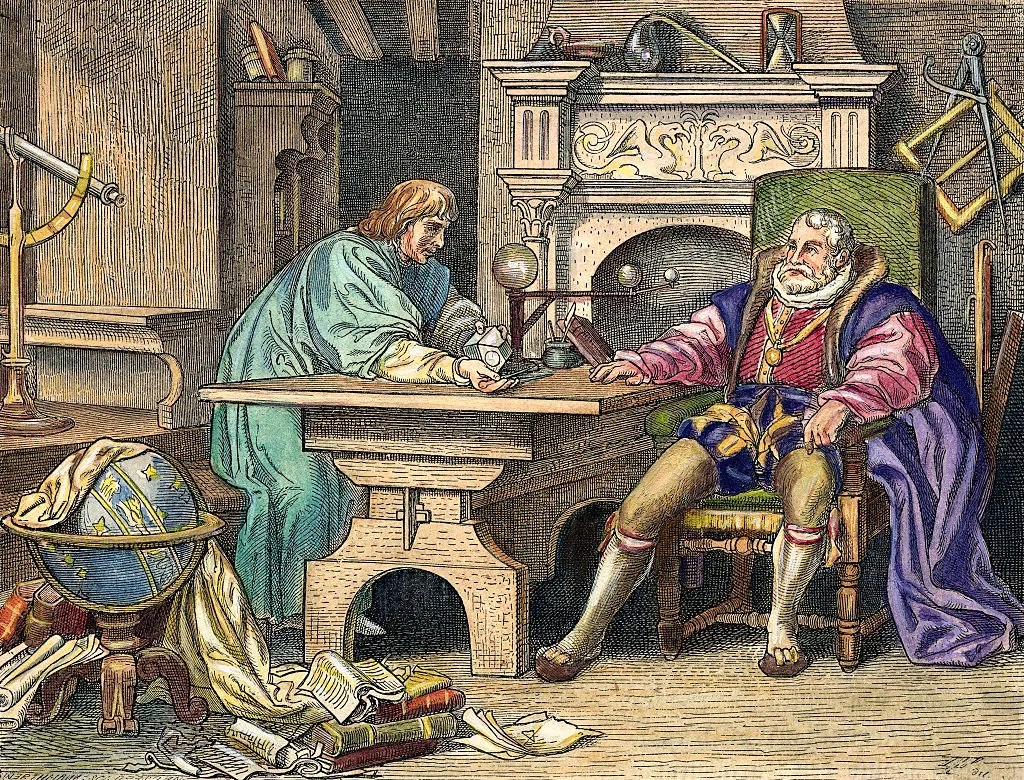
Kepler proposed that the distance relationships between the six planets known at that time could be understood in terms of the five Platonic solids.
In 1597 Kepler married the ‘weak and annoying’ Barbara Müller.
Solitary, melancholic, somewhat chauvinistic and hydrophobic (he did not bathe for eight years!)
Kepler focused on his principal work, Harmonices Mundi – a convoluted discussion of symmetry and cosmic harmony, where he geometrically embedded the five Platonic solids within the orbits of the six known planets and attributed the motions and eccentricities of them to musical intervals.
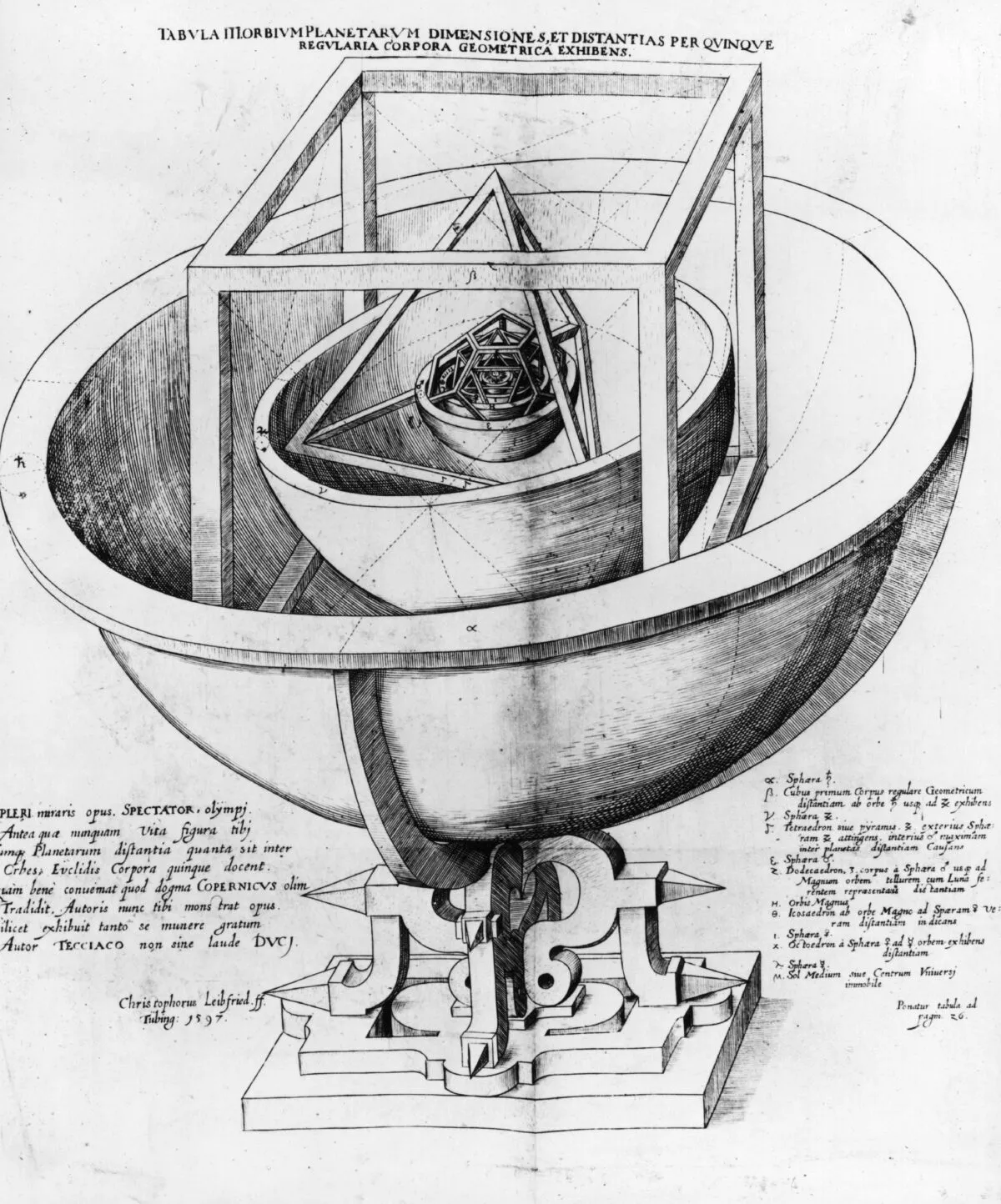
Kepler was often wrong, but his Harmonices Mundi contained the third of his three laws of planetary motion – in which he states that the cube of the average distance of a planet from the Sun divided by the square of the time to complete one orbit is equal to a constant, a value applicable to all planets.
In this, as well as his first and second laws, he was proven spectacularly correct.
In 1600 Kepler joined Brahe at Benátky Castle near Prague where, along with Danish astronomer Christen Sørensen Longomontanus, he observed Mars.
Frustrated by Brahe withholding data, Kepler returned to Graz. He would later return to Prague and, forgiven by Brahe, use his data to begin the Rudolphine Tables – a star catalogue and planetary almanac for Holy Roman Emperor Rudolph II.
After Brahe’s death in October 1601, Kepler became Prague’s Imperial Mathematician and he completed Astronomia Nova – the result of his 10-year investigation into the motion of Mars.
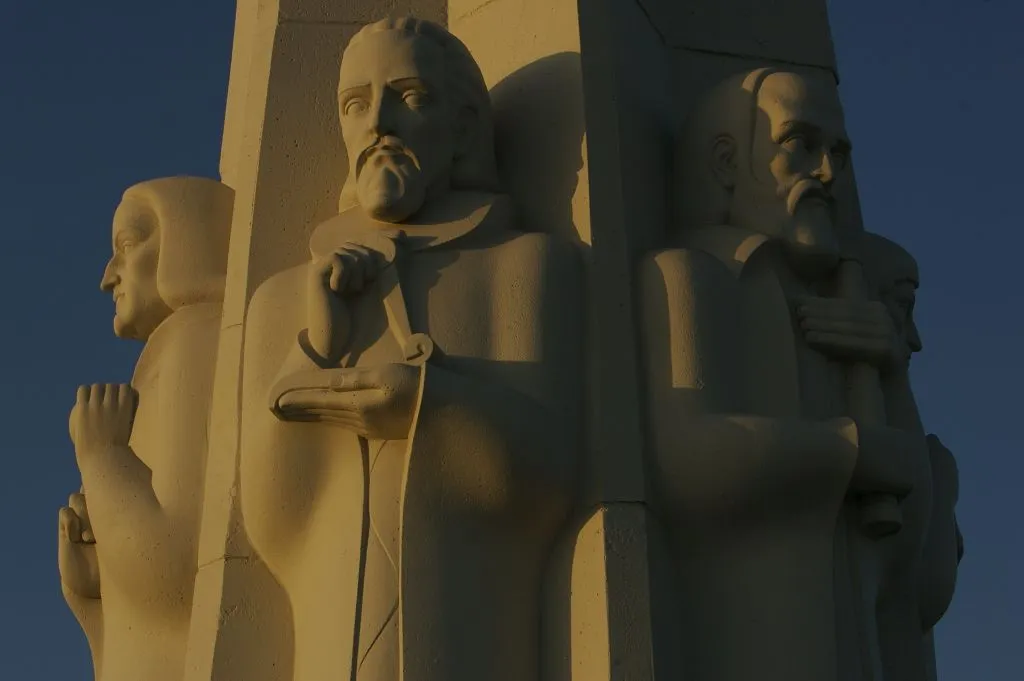
It included his first and second laws of planetary motion; respectively planets orbit in ellipses with the Sun as one of the two foci (focus points) of each ellipse, and a line drawn from a planet to the Sun sweeps over equal areas in equal time.
Despite unrelenting heartache – Barbara’s epilepsy, depression and death, the loss of their favourite son to smallpox, religious persecution, professional rivalry, remarriage and losing many offspring – he remained ahead of his time, immersing himself in his studies.
Areas of interest included optics and optical anatomy; supernovae; the Galilean moons; telescope lenses and light transmission; telescope design (he invented a type of refractor); six-cornered snowflakes; and hexagonal packing of spheres and comets.
He even defended his mother at a witch trial.
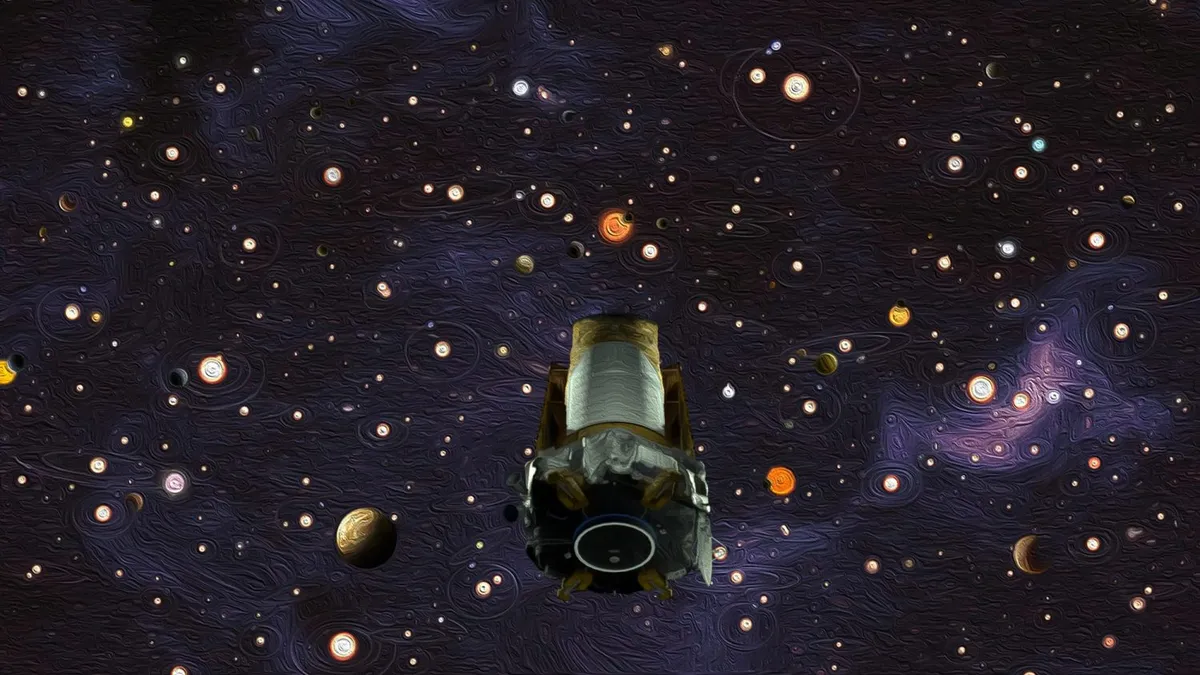
Kepler died in November 1630, aged 58. He left an astonishing legacy, not least of which proving that planets circle stars in elliptical, not circular, orbits, a theory on which space exploration depends.
Isaac Newton’s law of universal gravitation, published in 1687, crowned the cosmic structure Kepler had begun.
Kepler was indeed the scientific giant upon whose shoulders other scientists metaphorically stood.
His legacy was celebrated in the Space Age by the naming of one of NASA's most prolific missions, the Kepler Space Telescope.
5 of Johannes Kepler's best works
A prolific writer, Johannes Kepler’s published writings showcase major aspects of his scientific thinking.
1
Mysterium Cosmographicum (‘The Cosmographic Mystery’), 1596
The first published defence of the Copernican system, in which Kepler demonstrated his model of the planets using geometric shapes.
2
Astronomia Nova (‘New Astronomy’), 1609
Contains Kepler's first and second laws of planetary motion.
3
Harmonices Mundi (‘The Harmony of the World’), 1619
Contains Kepler's third law of planetary motion.
4
Astronomiae Pars Optica (‘The Optical Part of Astronomy’), 1604
Kepler’s exploration into eclipses, looking at the workings of light in reflection and refraction to explain astronomical phenomena.
5
De Stella Nova (‘On The New Star’), 1606
Kepler wrote this book about the appearance of the supernova SN1604, also known as Kepler’s Nova.
This article originally appeared in the December 2021 issue of BBC Sky at Night Magazine.

